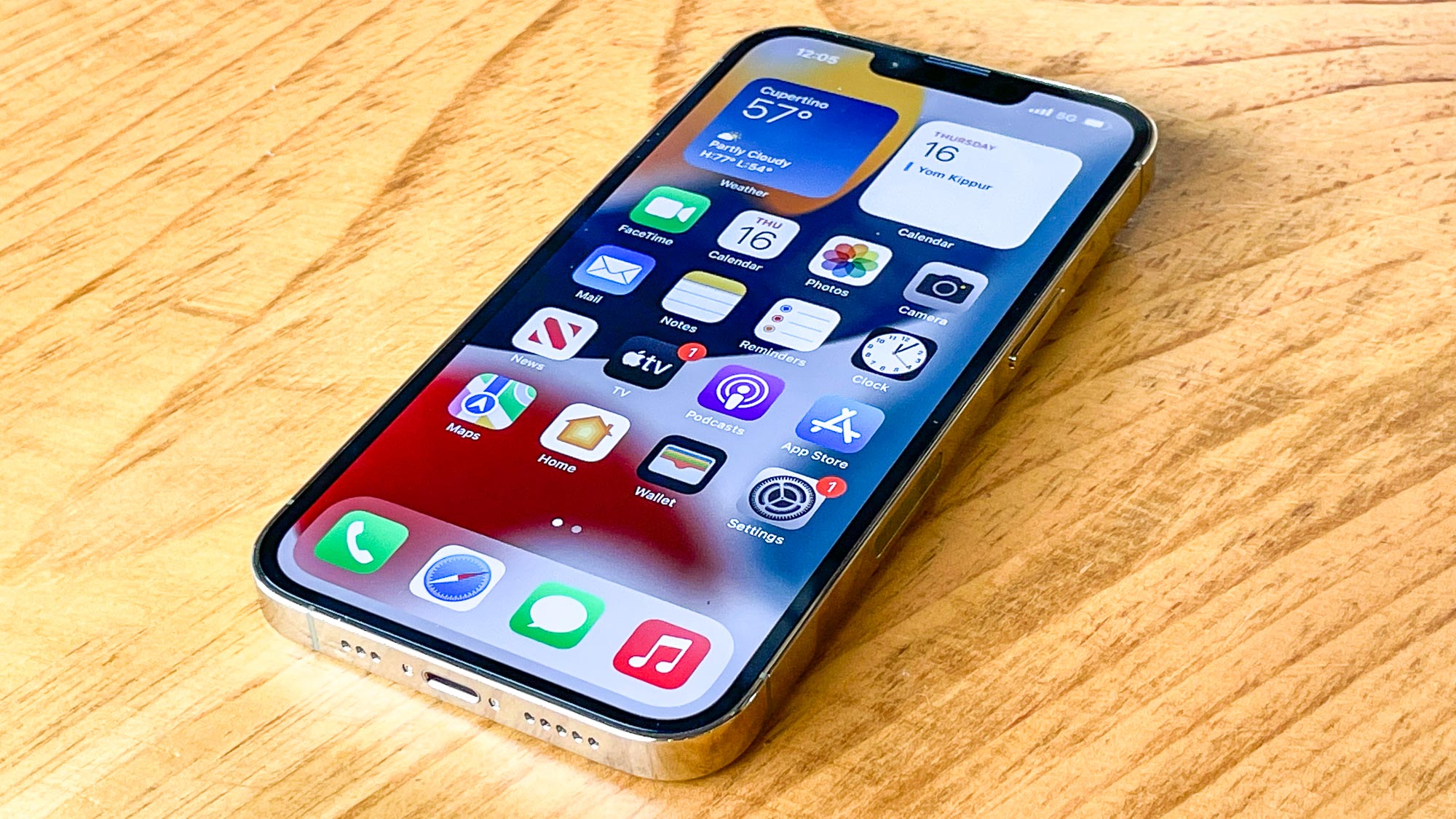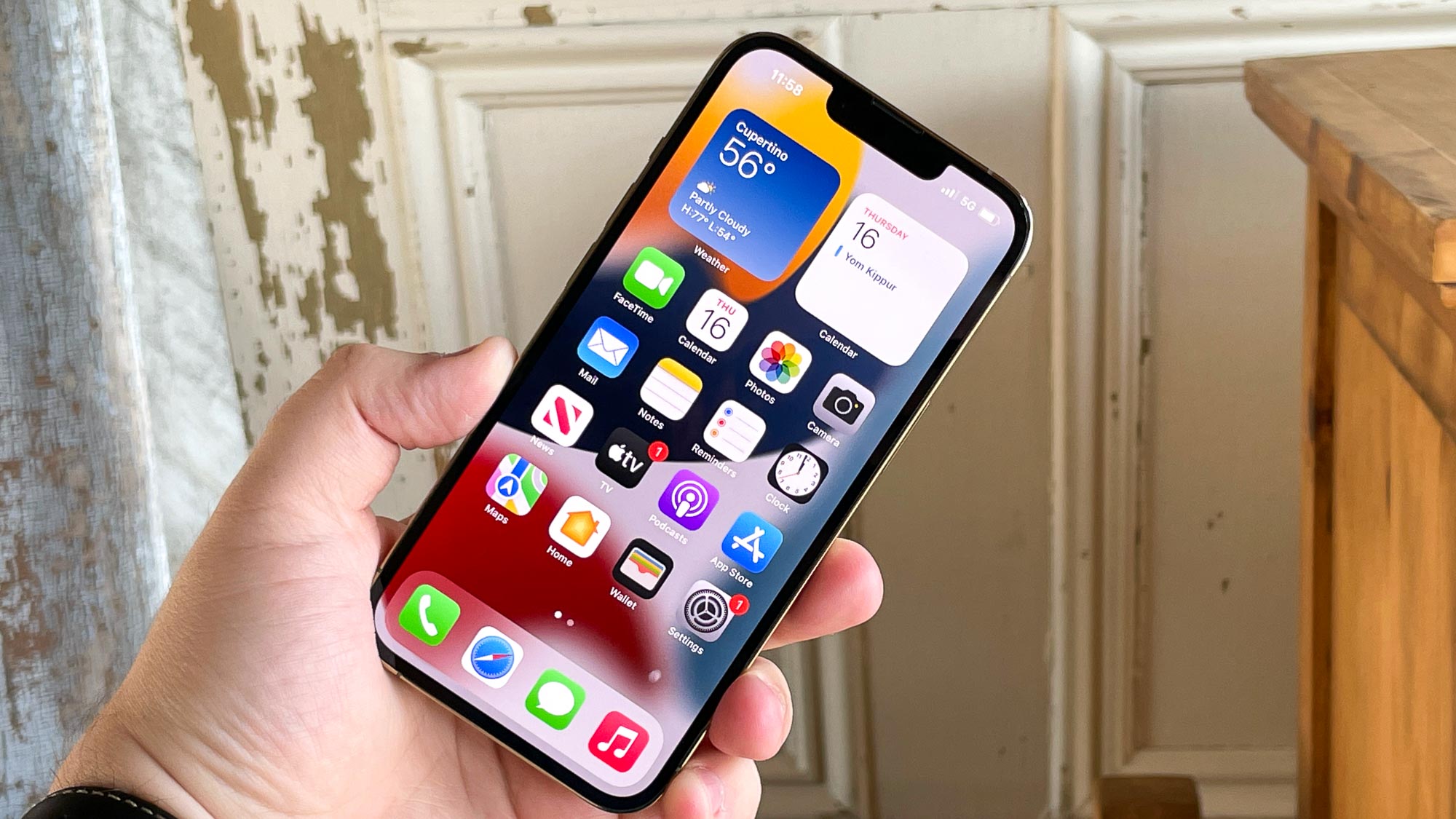iPhone 13 Pro teardown reveals what Apple doesn't want you to see
iFixit reveals a bigger battery for the iPhone 13 Pro but a low repairability score

Our iPhone 13 reviews are barely a week old and iFixit has already published its teardown of the iPhone 13 Pro. The report sheds some light on the upgrades to the display, Face ID and cameras.
Plus, we get to see the bigger 11.97 Wh battery — up from 10.78 Wh in the iPhone 12 Pro. That a pretty big change in capacity equals significant battery life in our testing. On the Tom's Guide battery life test, the iPhone 13 Pro lasted almost 3 hours longer than the iPhone 12 Pro at over 12.
- iPhone 13 Pro Max review: Pros and cons
- iPhone 13 vs. iPhone 13 Pro: These are the differences
- Plus: iPhone 13 touchscreen issues reported — what you need to know
Unfortunately, iFixit's teardown process also confirmed that the iPhone 13 Pro suffers from poor repairability potential, meaning that you might be in a bit of a bind if you go with a third-party repair shop.
iFixit found several positives with the iPhone 13 Pro, such as the ease of swapping out some of the parts. The display and battery are especially easy to get to, which makes sense since those are probably the two most common repairs over a phone's lifetime. The teardown showed multiple screw types, which, while annoying, are preferable to glue.
New this year to the Pro models is ProMotion, or the variable high refresh display. The iPhone 13 Pro can ramp its display up to 120Hz or down to 10Hz, depending on what you're doing. The earpiece is no longer mounted to the display, which will make replacements of the latter easier. Conversely, the earpiece is now partially held down by the logic board, requiring a near full disassembly to replace. That's the textbook definition of a trade-off.

There are two major sticking points, however. The first is that the iPhone 13 Pro is a glass sandwich. "Double glass means double drop damage," iFixit said. If you shatter the back of your new iPhone 13, the repair could be costly. The other pain point iFixit found comes down to the display and its software pairing component.
It turns out that the display panel is serial-locked to the phone, meaning that a non-authorized swap will disable Face ID, which iFixit discovered over the course of its teardown. This significantly hampers third-party repair centers that aren't Apple-approved. In other words, this could lead to some pricing issues, since a reputable shop will likely have to charge more for the privilege of being Apple-certified — or some might think they can charge more for the prestige.
Sign up to get the BEST of Tom's Guide direct to your inbox.
Get instant access to breaking news, the hottest reviews, great deals and helpful tips.
It's no secret that Apple has been at odds with the right-to-repair cause for some time now, but iFixit's teardown shows that appears to be true again this year. Some of the components are needlessly complex, and the display-software bond is certainly discouraging. But Apple made several other improvements, like merging the OLED display and touch panel for a slimmer design and combining the flood illuminator and dot projector into one component for a slimmer notch.
The iPhone 13 Pro is a beautiful and powerful phone, but be ready for costly repair bills if something should befall your own unit.

Jordan is the Phones Editor for Tom's Guide, covering all things phone-related. He's written about phones for over six years and plans to continue for a long while to come. He loves nothing more than relaxing in his home with a book, game, or his latest personal writing project. Jordan likes finding new things to dive into, from books and games to new mechanical keyboard switches and fun keycap sets. Outside of work, you can find him poring over open-source software and his studies.
